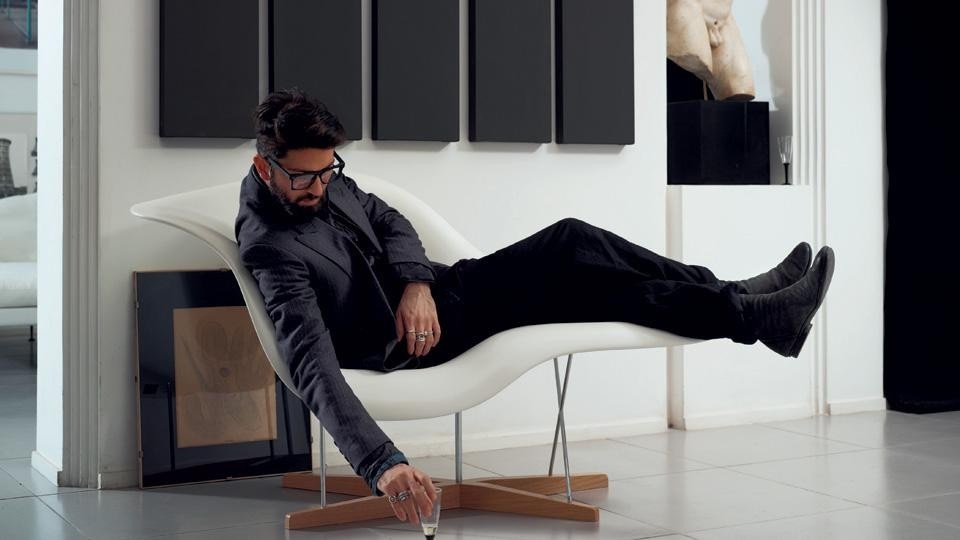Paolo Bonfini: You brought elements of narration, people and movement into furniture product photography. But why did you go for re-enacted situations through the use of cinematic means and not those linked to documentary?
F. B. Imagine how lucky someone has to be to have a camera at hand and release the shutter at the very second that a glass breaks. We did not have the means for such a feat, so we compromised and decided to approach this whole thing like a movie. A movie triggers our imagination and emotions and even though we know that it has been constructed, if its done well, we tend to believe that it could be real.
P. B.: True. A movie has a strong narrative structure and a sense of authenticity, while at the same time being completely staged.
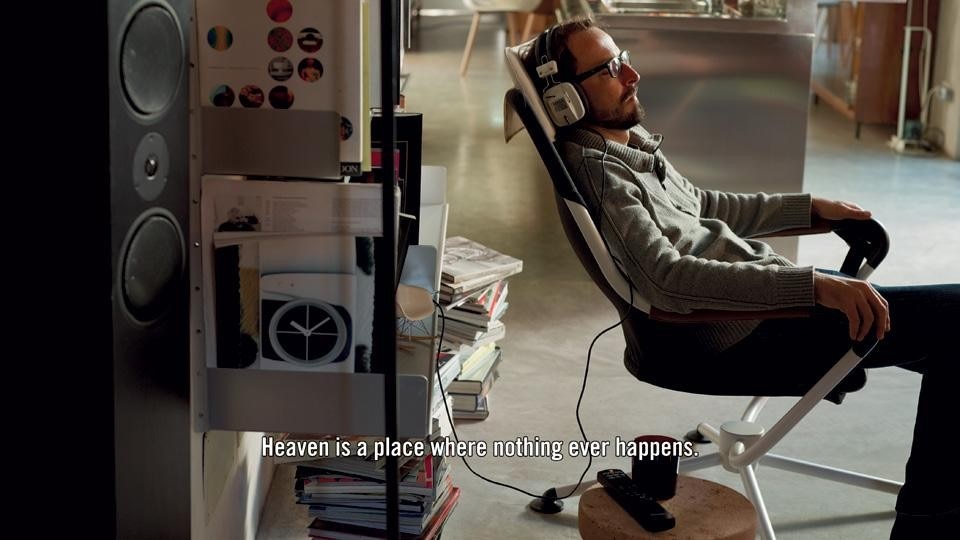
P. B.: The movie camera captures motion, in 24 pictures per second. It means that in 10 seconds you take 240 pictures. In an hour, 14'400... and so on. In photography you might spend an entire day over just one picture. What a difference!
F. B.: Whereas the beauty of filmmaking is that even if you isolate the individual frame you still perceive what you see as something that is part of a story. During the production the work of all the people involved – set design, light, sound, actors... – is concentrated on the story line.
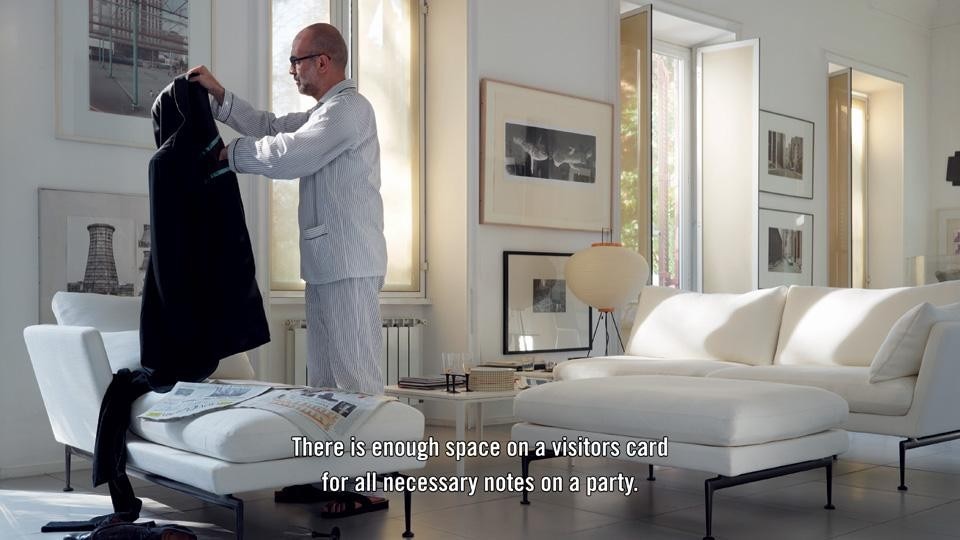
F. B.: Thus this narrative quality gets embedded into the aesthetic of a movie screenshot.
P. B.: We shot in six different locations in Rome. Logistics, props and actors had to be organized as if it was an actual movie production, and in the end, it was. You invited me and my crew to do exactly what we do when we work on a movie. But this time something new was triggered, thanks to this different kind of collaboration.
F. B.: The backstage was real. We wanted to tell people's way of living through the little incidents that everyday life is made up of.
P. B.: A life story.
F. B.: A story by Vitra...
P. B.: ... like the scene with the rolling mandarins.
F. B.: You drop something. Either you catch it or you have to get onto your knees to pick it up while it continues to roll under a table. This is simply one of those things that has happened to all of us at some time or another. The choice of scenes is infinite and therefore it is not important to look at what actually happens, as long as what is shown is ordinary enough for anyone to relate to.
Usually the story line dictates everything and pieces of furniture are a means to an end. My work is about showing just enough of something but never too much
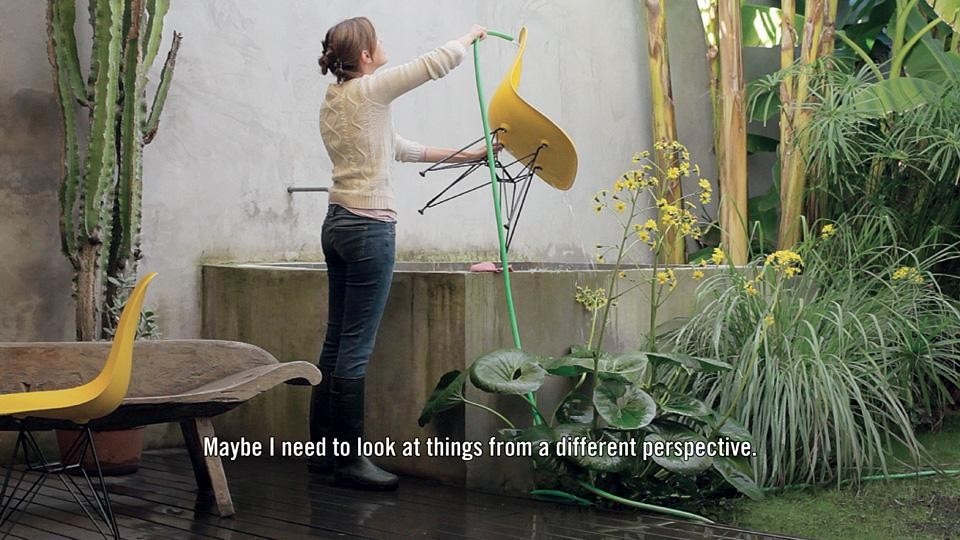
F. B.: We don't really know anything about the person in the picture. What you see is just a fleeting moment...
P. B.: And the occasional subtitles don't give a clear answer either.
F. B.: The lines written by Eckhart Nickel are an additional layer to the image. They give clues, but no answers to the context of the scene. On one hand, subtitles come from a long tradition. First silent movies used subtitles because gestures could only say so much. But Federico Fellini liked to use them and he often wrote the dialogue only during post-production.
P. B.: Usually the story line dictates everything and pieces of furniture are a means to an end. My work is about showing just enough of something but never too much. If something distracts the eye of the public away from an actor, you move it a bit further to the side. If I place an object in too prominent a position it is immediately recognized as product placement.
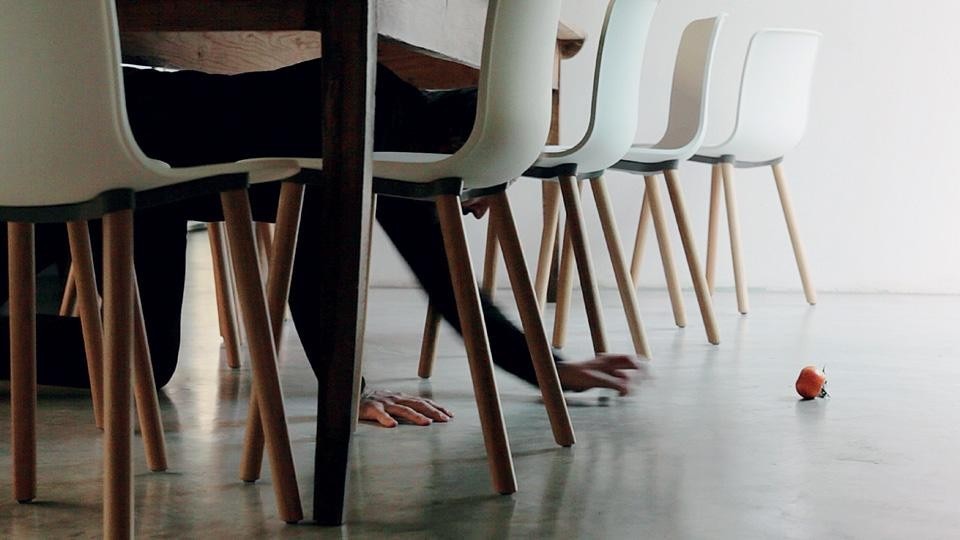
P. B.: In movies the overall feeling is important. We even have the freedom to use a fake, like a fake carpet or fake wallpaper to turn the scenes alive.
F. B.: Because the video resolution means that you won't be able to see what is really happening. In photography you cannot escape the fact that someone will stop in front of your image and look at it closely blown up on the wall. There is no sound, no movement to distract the viewer. In high resolution things gain in meaning. We have to question every detail to be able to use the movie data also for still images.
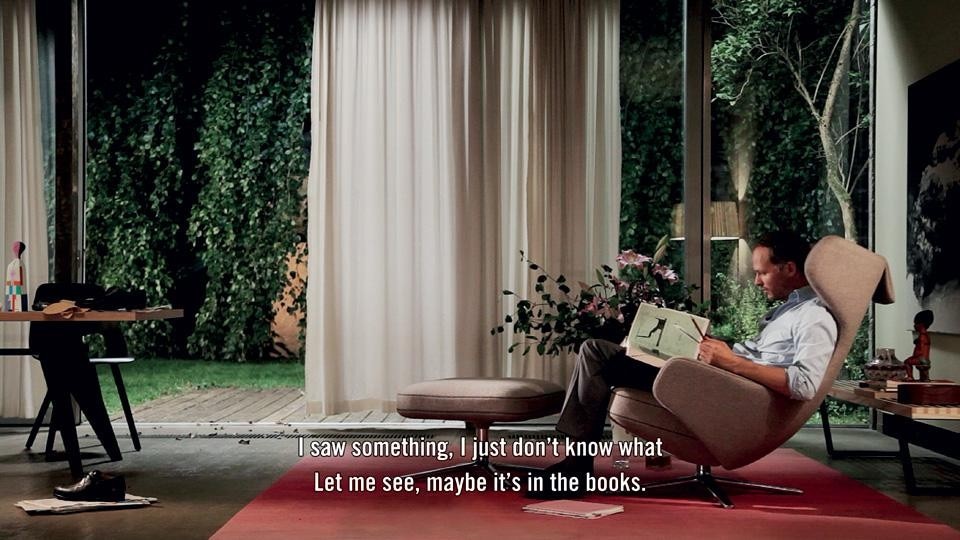
F. B.: ...moving pictures...
P. B.: ...or the backstage images of a movie...
F. B.: ...of a non-existent movie about real life...
P. B.: ...and the things that life is made of...
F. B.: ...Vitra Fiction.
